MALMÖ/GOTHENBURG, Sweden: Up until now it was not known whether dental implants were successful in patients affected by Sjögren’s syndrome. In fact, many professionals advise against them, as they believe these patients have a higher risk of implant failure. However, researchers at the universities of Malmö and Gothenburg in Sweden have found that dental implants are a viable option for people with Sjögren’s syndrome, even though these patients may experience a higher marginal bone loss around their implants than others.
Sjögren’s syndrome is a systemic disease characterised by the progressive destruction of some glands, particularly those around the eyes and mouth. “It is known to reduce the saliva flow, resulting in a dry and very sensitive oral mucosa. Patients may more rapidly lose their teeth caused by caries and periodontitis compared with patients who are not affected by this disease,” co-author Dr Ann Wennerberg from the Department of Prosthodontics at Sahlgrenska Academy at the University of Gothenburg told DTI.
“The very small amount of saliva results in a lack of necessary lubrication,” continued Wennerberg. She explained that this would cause the patient soreness and pain. “For patients with Sjögren’s syndrome removable dentures may be impossible to wear,” she added. As a result, many affected patients turn to dental implants.
The researchers conducted the study in two parts. First, they reviewed a clinical series of 19 Sjögren’s patients who, together, had received 107 dental implants. Second, they conducted a review of published literature and assessed the cases of 186 patients who had received a total of 712 implants, of which 705 were followed up.
Through the clinical series, the researchers found that, out of 19 patients, two patients lost three implants, together, which led to a failure rate of 2.8 per cent. All failed implants were caused by a lack of osseointegration. The implants were followed for a mean period of ten years. At the last follow-up, the mean marginal bone loss for patients was -2.19 mm. The research team estimated the marginal bone loss after 30 years at 4.39 mm.
From the literature review, the researchers found that, out of the 705 implants—which were followed up for approximately six years—29 failed, resulting in a failure rate of 4.1 per cent. After conducting statistical analysis, researchers found that the probability of failure was 2.8 per cent.
When stratifying patients based on primary or secondary Sjögren’s syndrome, the researchers found that those with primary disease had a lower failure rate of implants of 2.5 per cent compared with patients with secondary Sjögren’s syndrome. These patients showed a failure rate of 6.5 per cent.
“The results show that a treatment with dental implants can be done with a good prognosis, in contrast to what has been feared. However, the results also demonstrate the marginal bone resorption to be higher than for patients without the syndrome. This is indicative for the need for regular control visits to the dentist and short intervals between appointments to a dental hygienist,” concluded Wennerberg.
The study, “Dental implants in patients with Sjögren’s syndrome: A case series and a systematic review”, was published online on 1 March 2019 in the International Journal of Oral and Maxillofacial Surgery, ahead of inclusion in an issue.
Tags:
Indianapolis, US: Sjögren’s syndrome is a chronic autoimmune disease that can affect the entire body including the teeth. Since diagnosing the disease ...
OSAKA, Japan: In the dental clinic, practitioners come across any number of issues facing their patients that may exist outside of the mouth but in one way ...
At the International Dental Show (IDS) 2025, Dental Tribune International had the chance to speak with Andrea Albertini, CEO of Global Distribution and ...
YORK, UK: Patients who struggle with severe mental illness (SMI) are three times more likely to face total edentulism than the general population, according...
Immediate loading is increasingly being offered as a routine method in dental implant surgery. However, according to Dr Mauro Labanca, it should be handled ...
LONDON, UK: General dental practitioners (GDPs) now have clearer recommendations to which they can refer for successfully monitoring and managing oral ...
Chicago, U.S.: The American Dental Association (ADA) has recently revised its Principles of Ethics and Code of Professional Conduct to improve access to ...
CHARLESTON, S.C., U.S.: Autism affects a child’s social skills. Even simple tasks, such as scheduling an appointment at a dentist’s office, may often be...
Bias is an intrinsic aspect of human cognition, and healthcare professionals—including those in dentistry—are not immune to its influence. Understanding...
OSLO, Norway: The painful condition of burning mouth syndrome (BMS) has similar symptoms, including a tingling sensation in the mouth, to conditions such as...
Live webinar
Wed. 14 January 2026
12:00 pm EST (New York)
Dr. Théo Laplane, Dr. Robert Gottlander DDS
Live webinar
Fri. 16 January 2026
12:00 pm EST (New York)
Live webinar
Mon. 19 January 2026
1:00 pm EST (New York)
Philipp Kopp, Michael Seeber
Live webinar
Thu. 22 January 2026
9:00 am EST (New York)
Prof. Judith Jones D.D.S; M.P.H., Prof. Kakuhiro Fukai D.D.S., Ph.D, Dr. Bathsheba (Bethy) Turton
Live webinar
Thu. 22 January 2026
2:00 pm EST (New York)
Dr. Nicola M. Grande DDS, PhD
Live webinar
Wed. 28 January 2026
8:00 am EST (New York)
Live webinar
Wed. 28 January 2026
11:00 am EST (New York)
Prof. Dr. Jan-Frederik Güth



 Austria / Österreich
Austria / Österreich
 Bosnia and Herzegovina / Босна и Херцеговина
Bosnia and Herzegovina / Босна и Херцеговина
 Bulgaria / България
Bulgaria / България
 Croatia / Hrvatska
Croatia / Hrvatska
 Czech Republic & Slovakia / Česká republika & Slovensko
Czech Republic & Slovakia / Česká republika & Slovensko
 France / France
France / France
 Germany / Deutschland
Germany / Deutschland
 Greece / ΕΛΛΑΔΑ
Greece / ΕΛΛΑΔΑ
 Hungary / Hungary
Hungary / Hungary
 Italy / Italia
Italy / Italia
 Netherlands / Nederland
Netherlands / Nederland
 Nordic / Nordic
Nordic / Nordic
 Poland / Polska
Poland / Polska
 Portugal / Portugal
Portugal / Portugal
 Romania & Moldova / România & Moldova
Romania & Moldova / România & Moldova
 Slovenia / Slovenija
Slovenia / Slovenija
 Serbia & Montenegro / Србија и Црна Гора
Serbia & Montenegro / Србија и Црна Гора
 Spain / España
Spain / España
 Switzerland / Schweiz
Switzerland / Schweiz
 Turkey / Türkiye
Turkey / Türkiye
 UK & Ireland / UK & Ireland
UK & Ireland / UK & Ireland
 Brazil / Brasil
Brazil / Brasil
 Canada / Canada
Canada / Canada
 Latin America / Latinoamérica
Latin America / Latinoamérica
 USA / USA
USA / USA
 China / 中国
China / 中国
 India / भारत गणराज्य
India / भारत गणराज्य
 Pakistan / Pākistān
Pakistan / Pākistān
 Vietnam / Việt Nam
Vietnam / Việt Nam
 ASEAN / ASEAN
ASEAN / ASEAN
 Israel / מְדִינַת יִשְׂרָאֵל
Israel / מְדִינַת יִשְׂרָאֵל
 Algeria, Morocco & Tunisia / الجزائر والمغرب وتونس
Algeria, Morocco & Tunisia / الجزائر والمغرب وتونس
 Middle East / Middle East
Middle East / Middle East
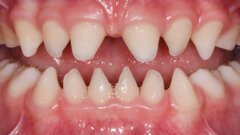























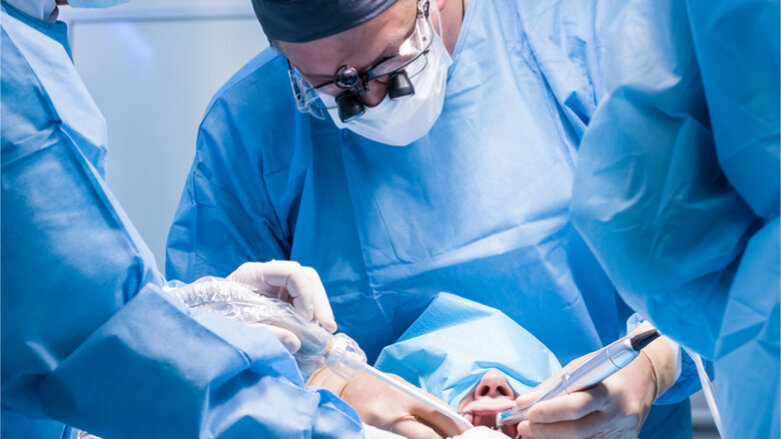



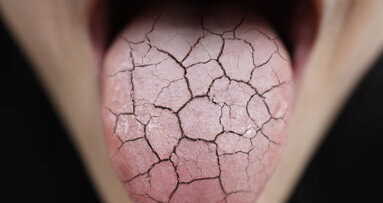




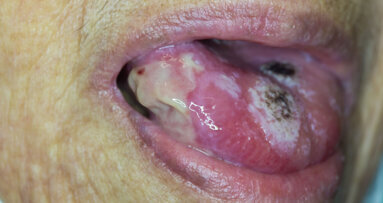
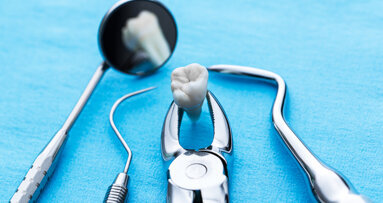













To post a reply please login or register